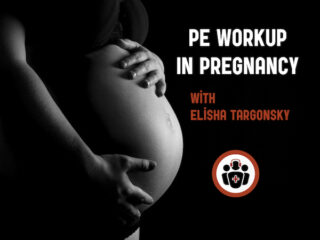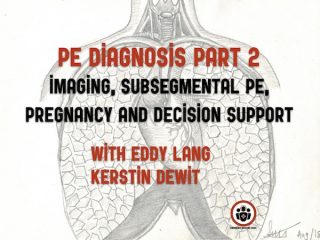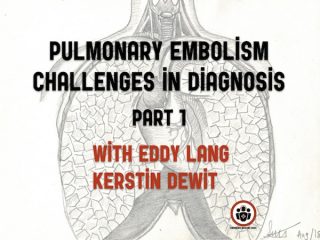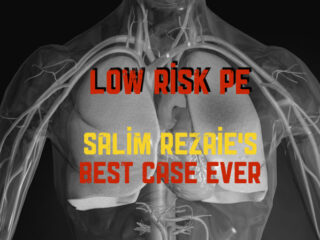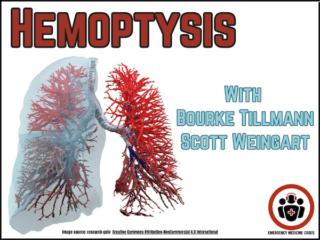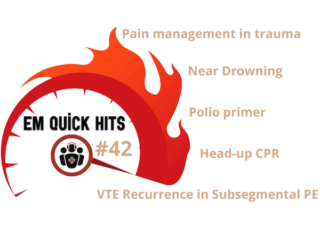ECG Cases 26: Pulmonary Embolism and Acute RV Strain
In this month's ECG Cases Dr. Jesse McLaren runs through 10 cases and explains how the ECG can be integral in the diagnosis and management of pulmonary embolism, even though it is not incorporated into any of the commonly used decision tools for diagnosis of pulmonary embolism...


